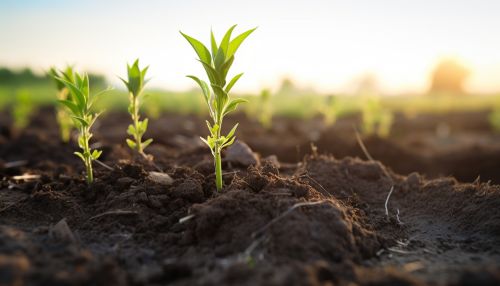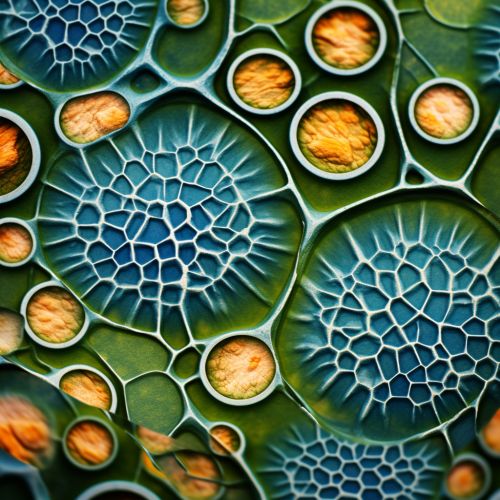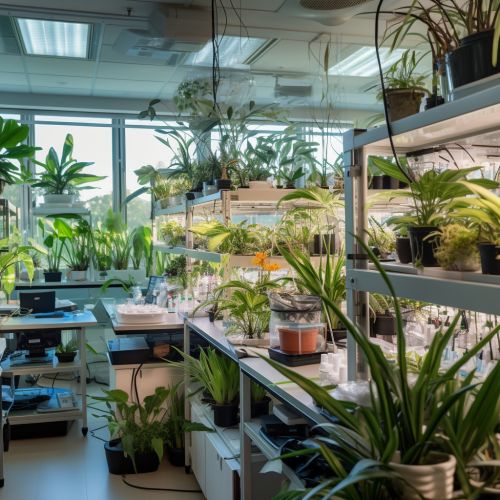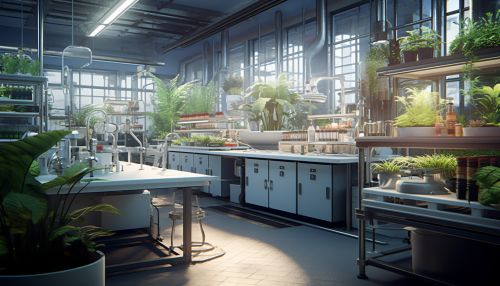The Biological Mechanisms of Plant Adaptation to Salinity
Introduction
Salinity is a major environmental stressor that affects plant growth and productivity worldwide. Plants have evolved a variety of biological mechanisms to cope with high salinity conditions, which involve complex physiological and molecular processes. This article will delve into the biological mechanisms of plant adaptation to salinity, exploring the intricate processes that enable plants to survive and thrive in saline environments.
Salinity Stress in Plants


Salinity stress in plants refers to the negative effects of high salt concentrations in the soil on plant growth and development. High salinity can lead to ionic toxicity, osmotic stress, and oxidative damage, among other problems. The severity of these effects depends on the plant species and the duration and intensity of the salt stress.
Ionic Homeostasis
One of the key strategies that plants use to cope with salinity stress is maintaining ionic homeostasis. This involves the regulation of ion uptake, transport, and compartmentalization to avoid the toxic effects of excess sodium (Na+) and chloride (Cl-) ions.
Ion Uptake
Plants have developed mechanisms to selectively absorb essential nutrients from the soil while minimizing the uptake of harmful ions. For instance, plants can alter the expression of ion transporters in their root cells to reduce the uptake of Na+ and Cl- ions.
Ion Transport
Once ions are absorbed by the roots, they are transported to other parts of the plant through the xylem and phloem. Plants can regulate this process to prevent the accumulation of harmful ions in sensitive tissues. For instance, they can sequester Na+ and Cl- ions in older leaves, which are more tolerant to salt stress.
Ion Compartmentalization
Plants can also compartmentalize harmful ions into vacuoles – large organelles within plant cells that can store various compounds. By sequestering Na+ and Cl- ions in vacuoles, plants can prevent these ions from interfering with important cellular processes.
Osmotic Adjustment


Another important mechanism of plant adaptation to salinity is osmotic adjustment. High salinity in the soil can cause water to move out of plant cells, leading to cellular dehydration. To counteract this, plants can accumulate solutes in their cells to reduce the osmotic potential, thereby maintaining cell turgor and preventing water loss.
Oxidative Stress and Antioxidant Defense
High salinity can also lead to oxidative stress in plants, which is characterized by the overproduction of reactive oxygen species (ROS). These highly reactive molecules can damage proteins, lipids, and DNA, impairing plant growth and development. To cope with oxidative stress, plants have evolved a sophisticated antioxidant defense system, which includes various enzymes and antioxidant compounds that can neutralize ROS.
Molecular Mechanisms of Salinity Tolerance
At the molecular level, plants respond to salinity stress by altering the expression of a wide range of genes. These include genes involved in ion transport, osmotic adjustment, antioxidant defense, and other stress response pathways. The regulation of these genes is controlled by various signaling molecules and transcription factors, which coordinate the plant's response to salinity stress.
Breeding and Biotechnological Approaches for Improving Salinity Tolerance


Given the increasing problem of soil salinity, there is a great interest in developing plant varieties with improved salinity tolerance. This can be achieved through traditional breeding methods or biotechnological approaches, such as genetic engineering and genome editing. By manipulating the genes involved in salinity tolerance, scientists hope to create crops that can thrive in saline soils, thereby improving food security in salt-affected regions.
Conclusion
Understanding the biological mechanisms of plant adaptation to salinity is crucial for developing strategies to improve crop productivity in saline environments. While significant progress has been made in this field, further research is needed to fully unravel the complex processes involved in plant salinity tolerance.
